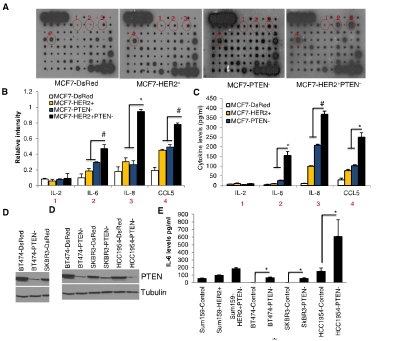We are pleased to add Collagel Hydrogels to our 3-D Cell Based Assay Solutions.
The are 3 different gel types that mimic the different in vivo extracellular environment that your cells experience. You will be able to get really nice adipogenesis with MSCs using our CollaGel Hydrogel Standard. CollaGel Hydrogel Soft is an ideal matrix for growing fibroblast; primary hepatocyte cultures and great for growing smooth muscle cells. CollaGel Hydrogel Soft+ is an ideal matrix for growing nervous cells, veins cells and Hydroxyapatite crystals.
Image: Primary hepatocyte culture in 3D model using our CollaGel
Hydrogel.
I will be posting Collagel Hydrogel related data and images provided by our customers.









